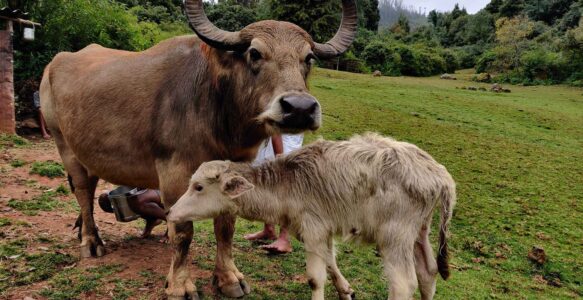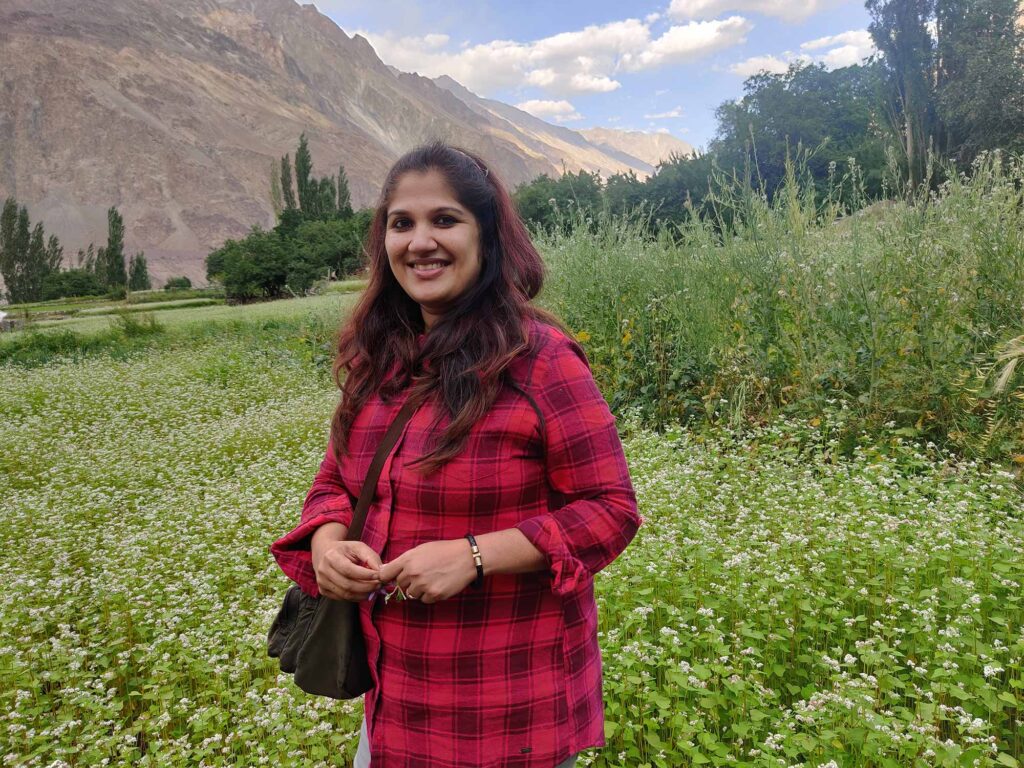‘Look! Those are the Toda buffaloes’ my friend Viju whispered in my ear.
I strain my neck from the back of a mini pickup van to catch glimpse of the buffalos who play a major role in the life of Todas. It is hard to believe but Todas are one of the rare tribal communities in the world who venerate buffalos. They believe that their Goddess Thekashi first created 1600 buffaloes. Man and woman were then created to look after these buffalos. Till date their life and culture revolve around the buffalos. Todas believe in two worlds – world of living and world of dead. They sacrifice a buffalo when someone dies, so that the buffalo soul accompanies the departed toda soul to the world of dead!

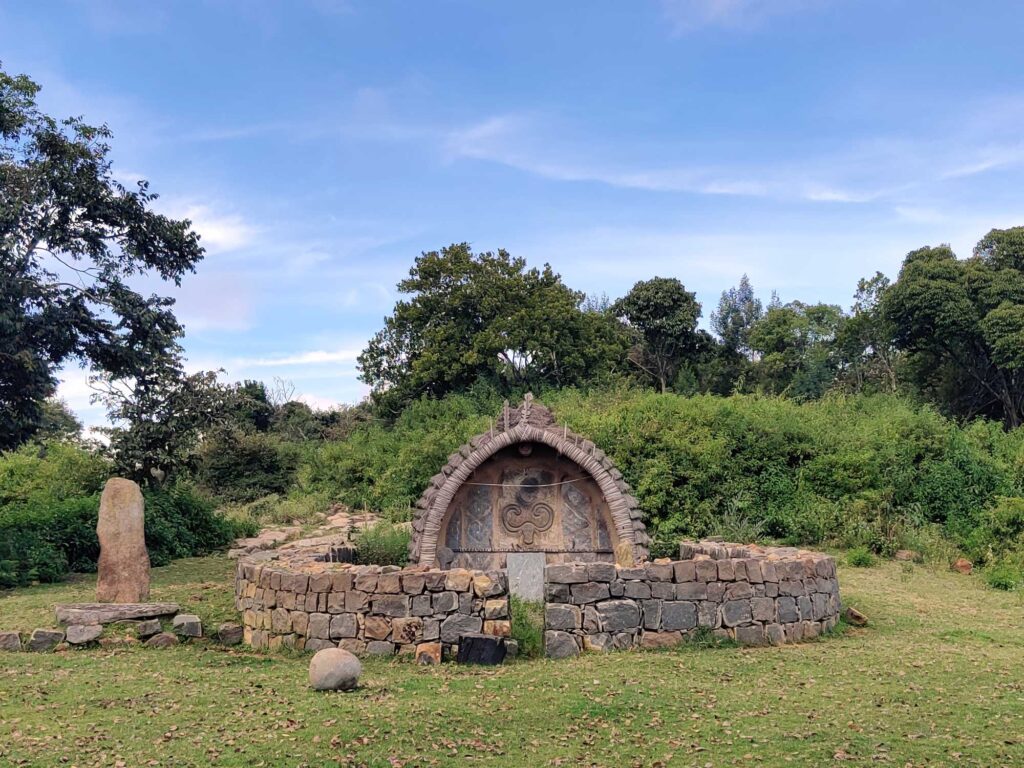
The buffalos looked menacing with their large body, small and stout legs, and curved horns. I am on my way to meet the Todas who live in valleys in the Nilgiri Mountain Ranges in the southern part of India. It is not easy to reach them as their settlements are surrounded by dense shola forests. My friend Viju, who work for the welfare of the Tribals offered to take me to meet the indigenous tribals of Nigiris. We had to hire a small pickup van from Ebanad and I am standing on the back of the van tightly holding the side rails so as not to fall off when the van ascended at acute angles to reach Bikkapathi Mund, one of the Toda settlements. The buffalos, grazing near the jungle road we travel, lift their head and give us a quizzical stare and continue eating grass.

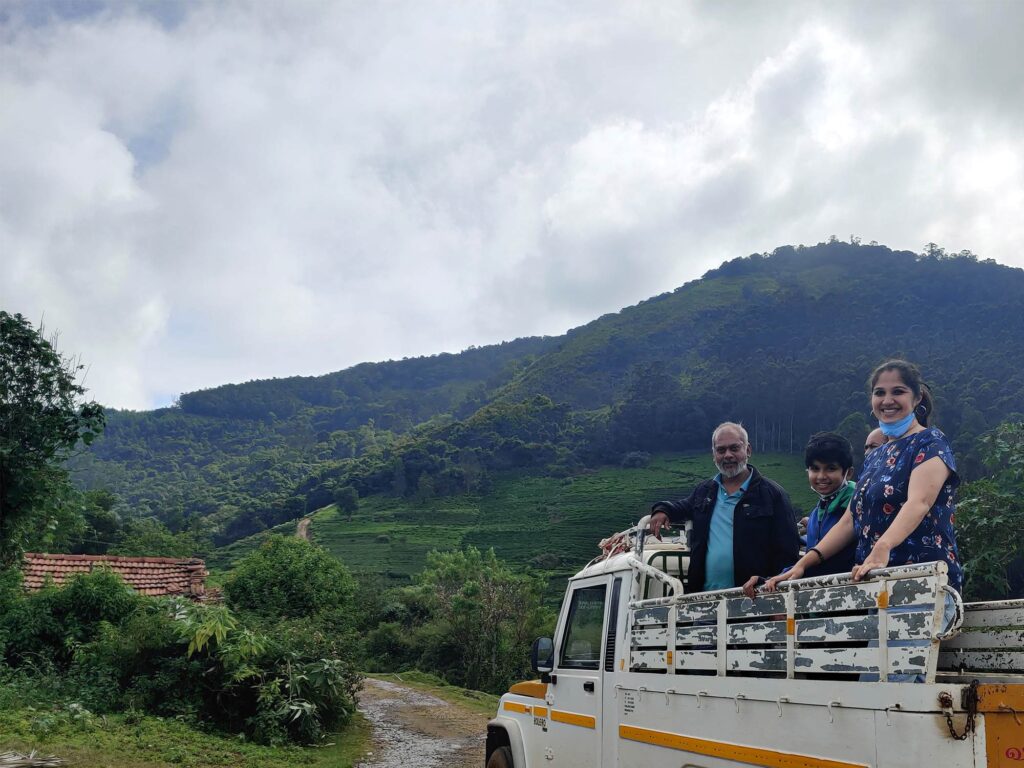
As soon as I arrive, I notice there are just 6-7 huts in the mund which is the name for Toda Village. I immediately fall in love with the simple half barrel huts in which the Todas live. They remind me of the Igloos used by the Eskimos. Bamboo canes are bend to lend shape to the hut and is then thatched with local straw, mud and dung of buffalo. I am surprised to see people crawling to enter the hut because the door was just three feet in height and width and placed close to the floor. I crawl on all all fours to enter the hut. Inside the small single room hut, hardly having an area of 150 square feet, lived the entire Toda family. There is a tiny fire place at the corner. It served dual purpose of cooking and keeping the hut warm. A small shelf held the little utensils they had. There is a small bed on one side. I cannot stop admiring the simplistic life they lead.



Devikili who lives in the hut rummages through an old iron trunk box and takes out a beautiful handwoven shawl. The shawl is adorned with beautiful red and black patterns. “I made this shawl all by myself”, Devikili beams as she lets me hold the shawl. I can see that the patterns are intricately embroidered but fine enough to give an impression that it is woven rather than hand embroidered. She tells me the shawl is called ‘Puthukuli’ and it their traditional dress . The art of embroidering it has been passed through generations. Devikili serves us buttermilk made from the buffaloe milk.
Kuttan, Devikili’s husband leads me to see their temple. I cannot go near it as women are prohibited near temple premises. It is also half barrel shaped like the Toda house. The only difference is that it has some carvings on the wall. Unlike the wooden door of the hut, temple has a granite door. It makes me wonder if the arrangement is because God requires more security? Kuttan tells me, “We have sacred buffaloes and normal buffaloes. We have a diary man priest who is in charge of sacred buffaloes. The God is served the milk of sacred buffalo and the priest can have only rice and milk/curd of buffaloe. He sleeps in a small shelter near the temple”
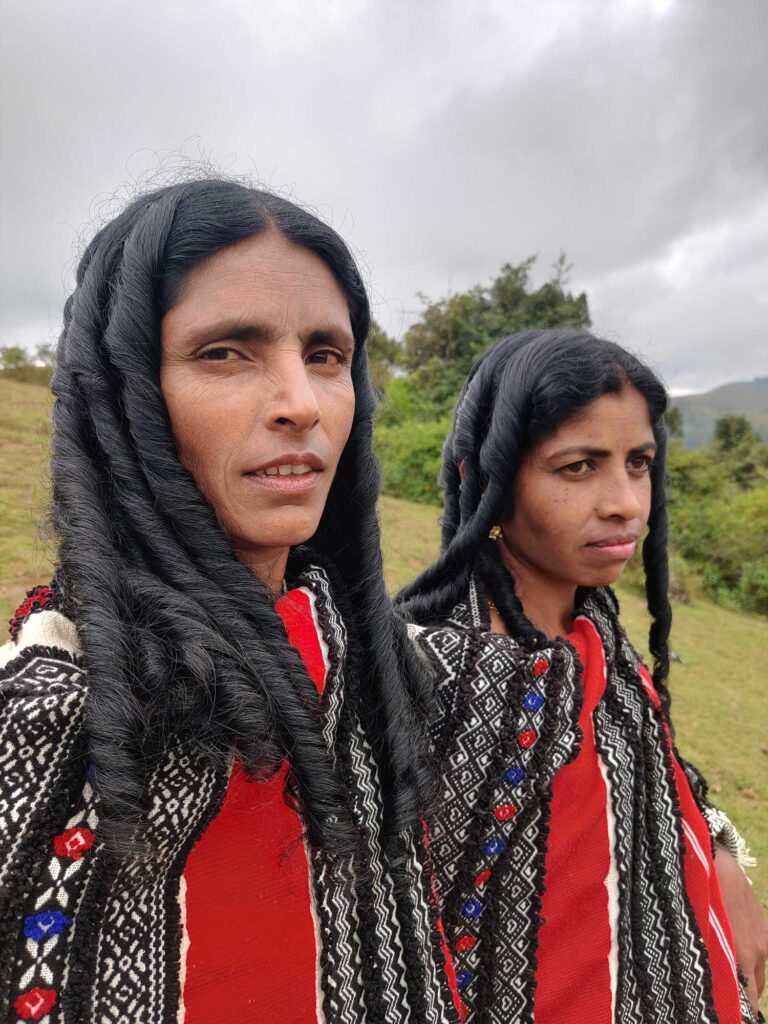
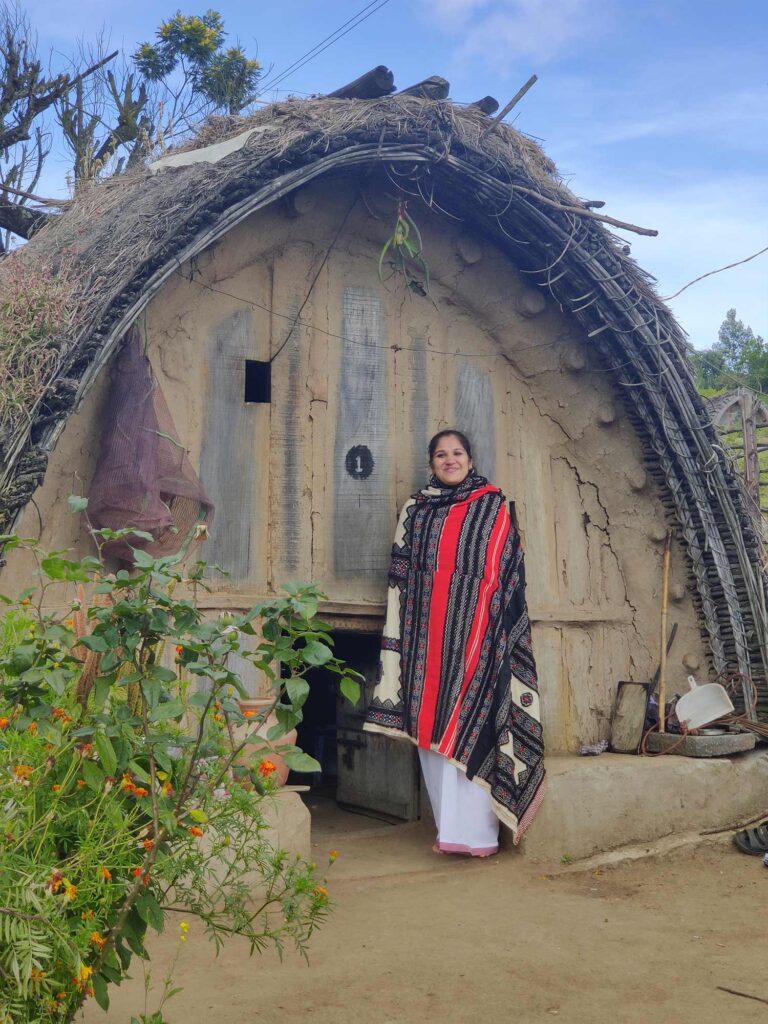
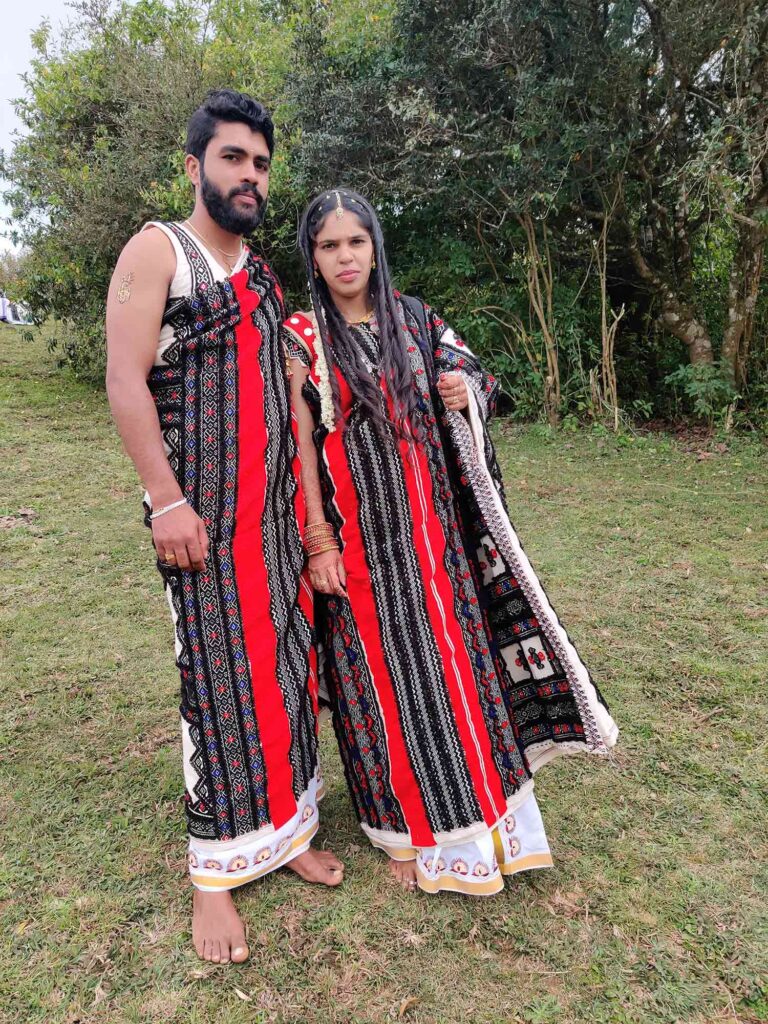
I look around but couldn’t find any buffaloes. Kuttan seeing my confusion tells me that they don’t tie up their buffaloes. The buffaloes graze in the forest and return to the village at night. The sacred buffaloes stay in a pen close to the temple and normal buffaloes live in pens located near the huts. Todas are one of the ancient pastoral communities who lived by trading diary products since time immemorial. Even now they refuse to relocate to villages or towns with better facilities as they feel it will invite the wrath of goddess Thekashi for abandoning the buffaloes. They have lot of rituals related to buffaloes. As I prepare to leave, Kuttan invites me to attend the wedding of his niece who stays in a nearby mund. I graciously accept the invitation and promise to return back the next day.
I reach the Pakalikkode mund early in the morning with my friend Viju as I don’t want to miss the festivities. I can see woman squatting outside and helping each other plait their hair. Todas wear their hair long and curled in a peculiar fashion. Both men and women wear the Puthukuli shawl like the plaid of Scottish Highlander. Devikili takes me to meet the bride and I am shocked to see a pregnant girl. Devikili laughs at my bewilderment and tells me, “According to our customs, marriage is announced officially only when the girl becomes pregnant. Until then girl lives with the boy’s family after getting consent from both families.”


I go with the women to a vast expanse of grassland. A lamp is kept inside a small hole made on a tree nearby. The bride sits in front of it and the groom goes into the forest. He returns after half and hour with a crude bow and arrow made out of tree twigs and presents it to the bride. That is his promise to the bride – to protect her throughout. Men and women start singing and dancing in huge circles in the open grassland. For them Nature is their mother and they are celebrating the wedding with their mother!
Mother nature is pleased, for there is a huge downpour and we all get drenched in the rain. Todas continue their dance and I stand wondering why and how people like me moved away from nature…


